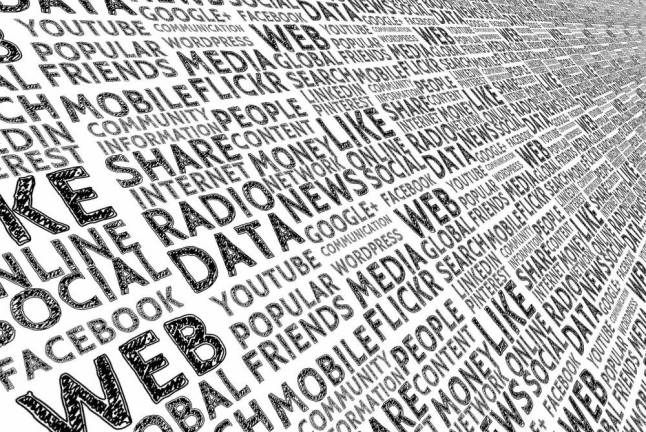To the editor:
I was pleased to read Mary Makofske’s LTE last week warning readers to be wary of attack ads. I think we must understand the bias and reliability of all the media we consume. For the past few years, I’ve used the Ad Fontes Media Bias Chart to help me assess if an article I’m reading is factually correct (reliable) and the political bias of the source is as well. The chart can be found at https://adfontesmedia.com/static-mbc/. I was fascinated to learn that websites and their corresponding television stations are not equally reliable. In these hectic times, I find it a much better use of my time to only consume news from sources that are in the top quintile in terms of reliability and in the middle quintile ( i.e. most political neutral) for political bias.
I’ve learned a lot about myself since I started checking my sources. For example, I’m not immune to wanting to believe things that confirm my own bias on a subject. So, when I don’t know the source of information, I check with snopes.com or politifact.com before I forward the information on.
I’ve also realized that I make assumptions about the reliability of information based on the title. For example, I was surprised to learn that the “Bipartisan Report” is not bipartisan and is evaluated as giving incomplete information on topics.
Understanding how to evaluate the media we consume is one of the most critical skills to teach our students. We need to practice these skills and show our children how to be educated consumers of the news.
Diane Rowe
Warwick
